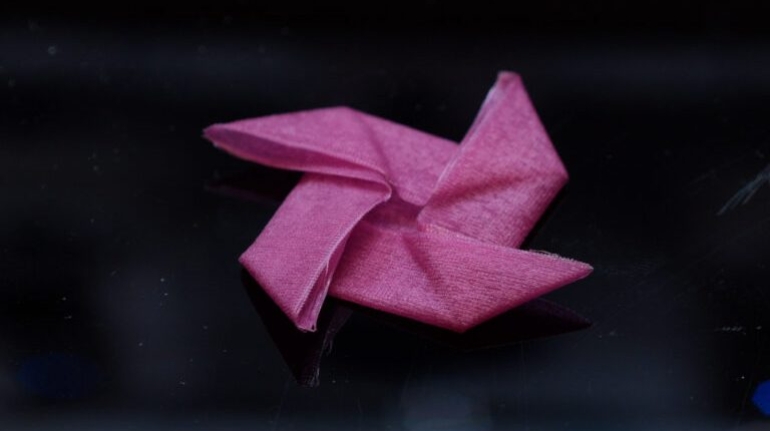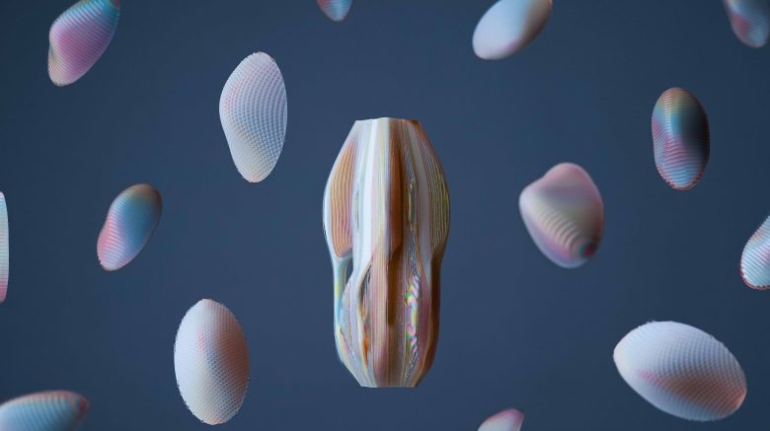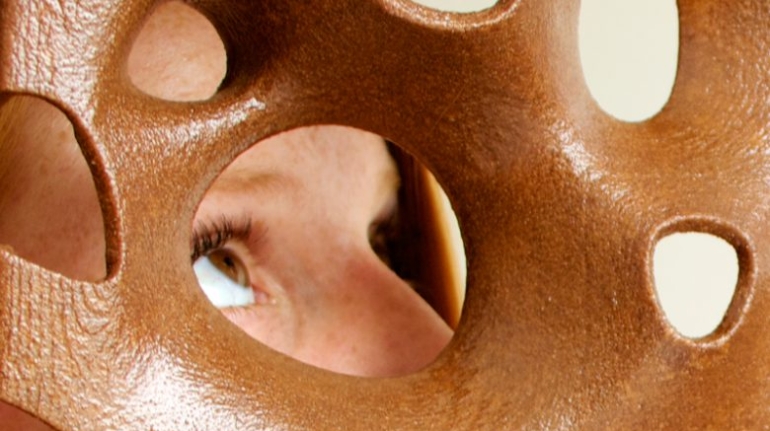Harvard develops keratin-based 3D printed textile that changes form Consumer Products
A research team from the Harvard John A. Paulson School of Engineering and Applied Sciences (SEAS) has drawn inspiration from hair to develop a 3D printable textile that changes its form based on moisture exposure using a shape memory concept. As even the most coiffed hair often becomes curly or frizzy when exposed to water or moisture, the 3D printed material can be engineered with its own shape memory.










